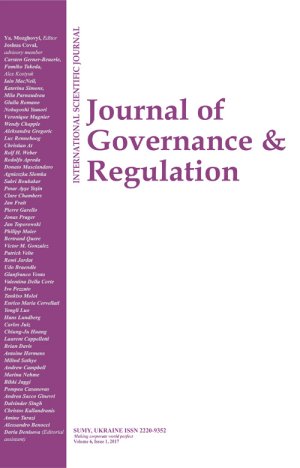
UNDERSTANDING BANKING REGULATORY AND MARKET FRAMEWORK IN SOUTH AFRICA INCLUDING THE PERCEIVED STRENGTH, WEAKNESSES, OPPORTUNITIES AND THREATS
Download This ArticleAbstract
Following the global financial crisis of 2007, the manner in which banks conduct their business became the subject of interest to authorities. In South Africa, most analysts argued that the financial system was insulated by the prudent regulatory system. This paper reviewed the banking regulation and market framework applicable in the South African context. In reviewing regulation and banking market framework, it was found that the principal legal instrument which seeks to achieve credibility, stability and economic growth, is the Banks Act, No. 94 of 1990 (the Banks Act). Considering the applicable regulation, the paper concluded that South Africa has a developed and well regulated banking system which compares favourably with regulatory environment applied by the developed countries. It was, however; cautioned that further regulation such as the recently announced ‘Twin Peaks’ approach to financial regulation could result in unintended consequences, such as driving a larger share of activity into the shadow banking sector.
Keywords: Banks, Market Structure, Regulation, Banking Strengths, Banking Weaknesses, Banking Threats & Banking Opportunities
How to cite this paper: Moloi, T. (2014). Understanding banking regulatory and market framework in South Africa including the perceived strength, weaknesses, opportunities and threats. Journal of Governance and Regulation, 3(3), 34-43. https://doi.org/10.22495/jgr_v3_i3_p4



















